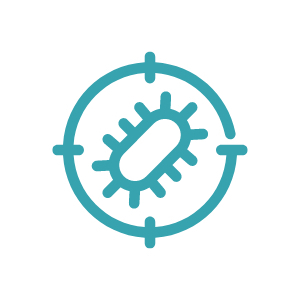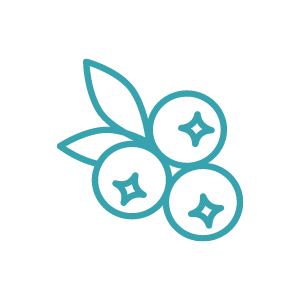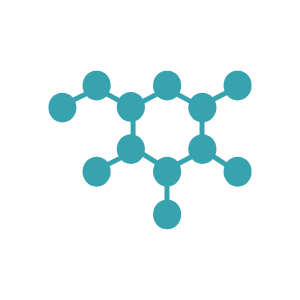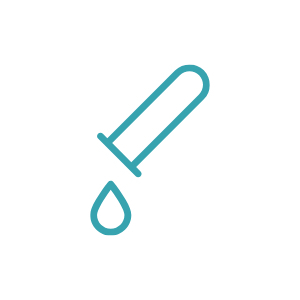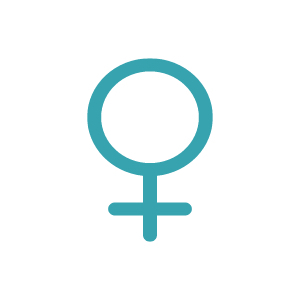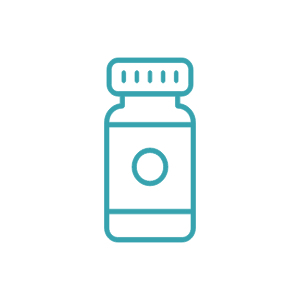Guidelines on Management of Recurrent Cystitis
The different guidelines
Several guidelines are currently available on the management of recurrent cystitis, which are developed for specific countries or regions. Among them, two key materials are the European Association of Urology (EAU) guidelines and Latin American (LATAM) consensus paper.
When the EAU guidelines and LATAM experts’ consensus are compared, both similarities and differences can be seen, as they are specific to each region.
The EAU recommendations at a glance
Antibiotic treatment of an acute episode of UTI

There is a strong recommendation for using fosfomycin trometamol, pivmecillinam or nitrofurantoin as a first-line treatment for uncomplicated cystitis in women.
Cotrimoxazole or trimethoprim should only be considered as drugs of first choice in areas with known resistance rates to E. coli of <20%.
Aminopenicillins alone and in combination with β-Lactamase inhibitors and oral cephalosporins are, in general, not effective as short-term therapy. Do not use aminopenicillins or fluoroquinolones to treat uncomplicated cystitis (strong recommendation).
Antibiotic prophylaxis of rUTIs
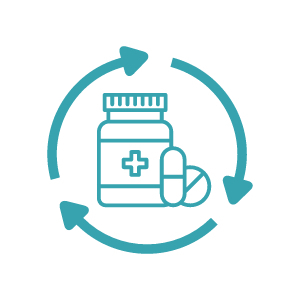
Continuous low-dose or post-coital antibiotic prophylaxis should only be offered after counselling and when behavioural modifications and non-antimicrobial measures have been unsuccessful:
- Nitrofurantoin (50 mg or 100 mg daily)
- Fosfomycin trometamol (3 g every 10 days)
- Trimethoprim (100 mg once daily)
During pregnancy:
- Cephalexin 125 mg or 250 mg or cefaclor 250 mg once daily may be used. Self-diagnosis and self-treatment (short course) may be considered
Alternative non-antimicrobial prophylaxis
The LATAM recommendations at a glance
- Until 2018, there were no unique guidelines for the management of rUTIs in Latin American countries
- The LATAM experts’ consensus is the result of a meeting of presidents and representatives of the existing Latin American National Urogynecology societies
- The guidelines were created based on the best evidence published on the diagnosis and treatment of rUTIs, taking into account local resistances to antibiotics

Antibiotic treatment of an acute episode of UTI
Grade A: antibiotics should be considered the primary treatment option for symptomatic UTI, taking into account local pathogen resistance patterns.

Antibiotic prophylaxis of rUTIs
Grade A: low doses of antibiotics are recommended after nocturnal bladder emptying.
Alternative non-antimicrobial prophylaxis
Current gaps in the management of cystitis
There is still a lack of knowledge and data in certain areas, which have to be taken into account when dealing with non-antimicrobial measures, including:

- The long-term impact of non-antimicrobial treatments.
- Impact of non-antimicrobial treatments on high risk patients (e.g. patients with clinical comorbidities such as diabetes mellitus, associated urogenital pathology).
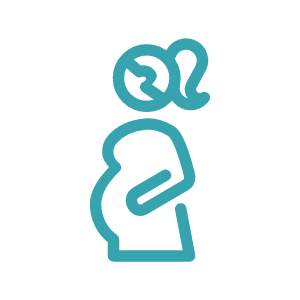
- Efficacy and safety of non-antimicrobial treatments on pregnant women.
- Level of implementation of guidelines in all countries.


